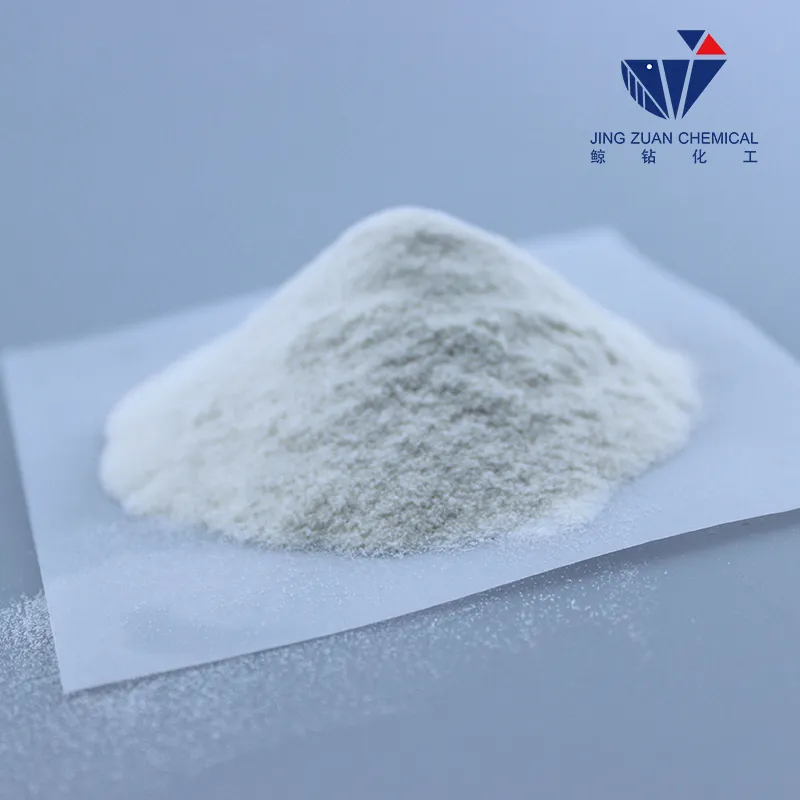
Sep . 05, 2024 13:10 Back to list
HPMC vs HEC
HPMC vs HEC A Comparative Analysis
Hydroxypropyl methylcellulose (HPMC) and hydroxyethyl cellulose (HEC) are two widely used cellulose derivatives in various industries, particularly in pharmaceuticals, cosmetics, and construction. Both compounds serve as thickening agents, stabilizers, and binders, but they possess distinct characteristics that make them suitable for different applications.
HPMC vs HEC A Comparative Analysis
On the other hand, HEC is another cellulose derivative that is soluble in water, primarily used as a thickening agent due to its ability to increase the viscosity of aqueous solutions. HEC is primarily derived from cellulose through ethylene oxide modification. It is widely utilized in the cosmetic industry, providing desirable texture and stability in formulations such as lotions and creams. HEC is also employed in the construction industry, particularly in tile adhesives and cement-based formulations, where it improves workability and application properties.
hpmc vs hec

While both HPMC and HEC are effective thickeners, they differ in their initial viscosity, solubility, and the types of formulations in which they perform best. HPMC tends to provide a more stable viscosity profile under varying shear conditions, which makes it ideal for products requiring consistency, such as controlled drug delivery systems. HEC, conversely, is favored in applications where viscosity adjustment is pivotal, as it exhibits a more pronounced thickening effect in low-shear situations, making it suitable for lotions and paints.
Moreover, the temperature sensitivity of these polymers varies; HPMC shows less temperature dependency in viscosity changes compared to HEC. This characteristic is particularly advantageous in pharmaceutical applications where temperature stability is crucial during storage and processing.
In conclusion, while HPMC and HEC share similarities as cellulose derivatives and thickeners, their unique properties and functionalities cater to distinct market needs. The choice between the two largely depends on the specific requirements of the formulation, such as desired viscosity, stability, and application. Understanding these differences can lead to more effective product development in industries leveraging these versatile compounds.
-
Versatile Hpmc Uses in Different Industries
NewsJun.19,2025
-
Redispersible Powder's Role in Enhancing Durability of Construction Products
NewsJun.19,2025
-
Hydroxyethyl Cellulose Applications Driving Green Industrial Processes
NewsJun.19,2025
-
Exploring Different Redispersible Polymer Powder
NewsJun.19,2025
-
Choosing the Right Mortar Bonding Agent
NewsJun.19,2025
-
Applications and Significance of China Hpmc in Modern Industries
NewsJun.19,2025







